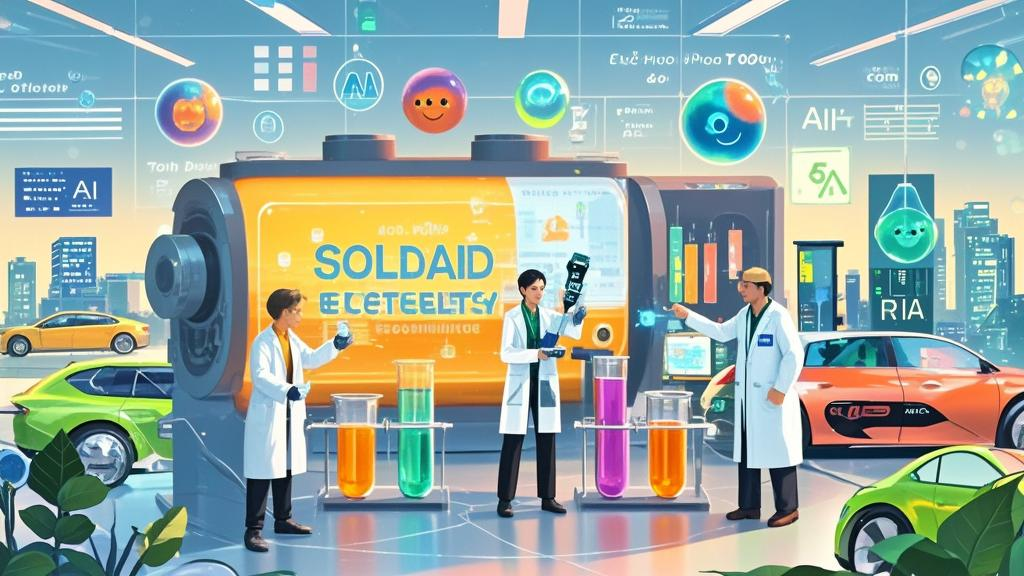The industrialization of all-solid-state batteries has garnered significant attention. Addressing the technical, procedural, and cost-related challenges, Mr. Miao Wei, a member of the National Committee of the Chinese People’s Political Consultative Conference, emphasizes that the path to solid-state battery commercialization is fraught with obstacles. The journey ahead for all-solid-state batteries is long and distinct from semi-solid ones.
Below is the formatted content for a WordPress blog post:
The consensus in the industry has leaned towards sulfide electrolytes as the primary direction for development. All-solid-state batteries replace the traditional liquid electrolyte and separator in lithium batteries with a solid electrolyte, offering advantages such as high energy density, enhanced safety, and prolonged lifespan.
1. Sulfide Electrolytes as the Emerging Consensus
With three major technical routes—sulfide electrolytes, polymer electrolytes, and oxide electrolytes—sulfide electrolytes have emerged as the favored choice for the industry.
2. The Accelerating Role of AI in Battery Research
At the core of all-solid-state battery development lies research and development, particularly in battery design and material innovation. AI’s role in battery R&D is becoming increasingly evident, shifting the research model from trial-and-error experiments and forward simulations to intelligent and fully automated development. AI is empowering battery development, acting as an accelerator for innovative and constructing key material systems.
Here’s how the content unfolds with emotional value and formatted approach:
The industrialization of all-solid-state batteries faces a triplet challenge of technology, craftsmanship, and cost. Yet, within this landscape, sulfide electrolytes have become a beacon of consensus, shining a path forward. The role of AI in battery research is not just accelerating—it’s transformative, offering a glimmer of hope in the quest for efficiency and innovation.
AI’s influence is palpable, from electrolyte molecular design to high-throughput electrolyte calculations. Companies like CATL are already harnessing AI to tackle challenges and streamline R&D processes.
In conclusion, while the mass production of all-solid-state batteries is not without its hurdles, the application of AI technology presents new opportunities, potentially speeding up the journey towards commercialization.
Below are the key takeaways:
AI’s empowerment in battery development is not just visible—it’s a catalyst, enhancing research efficiency and promising to aid in the mass production of all-solid-state batteries.


